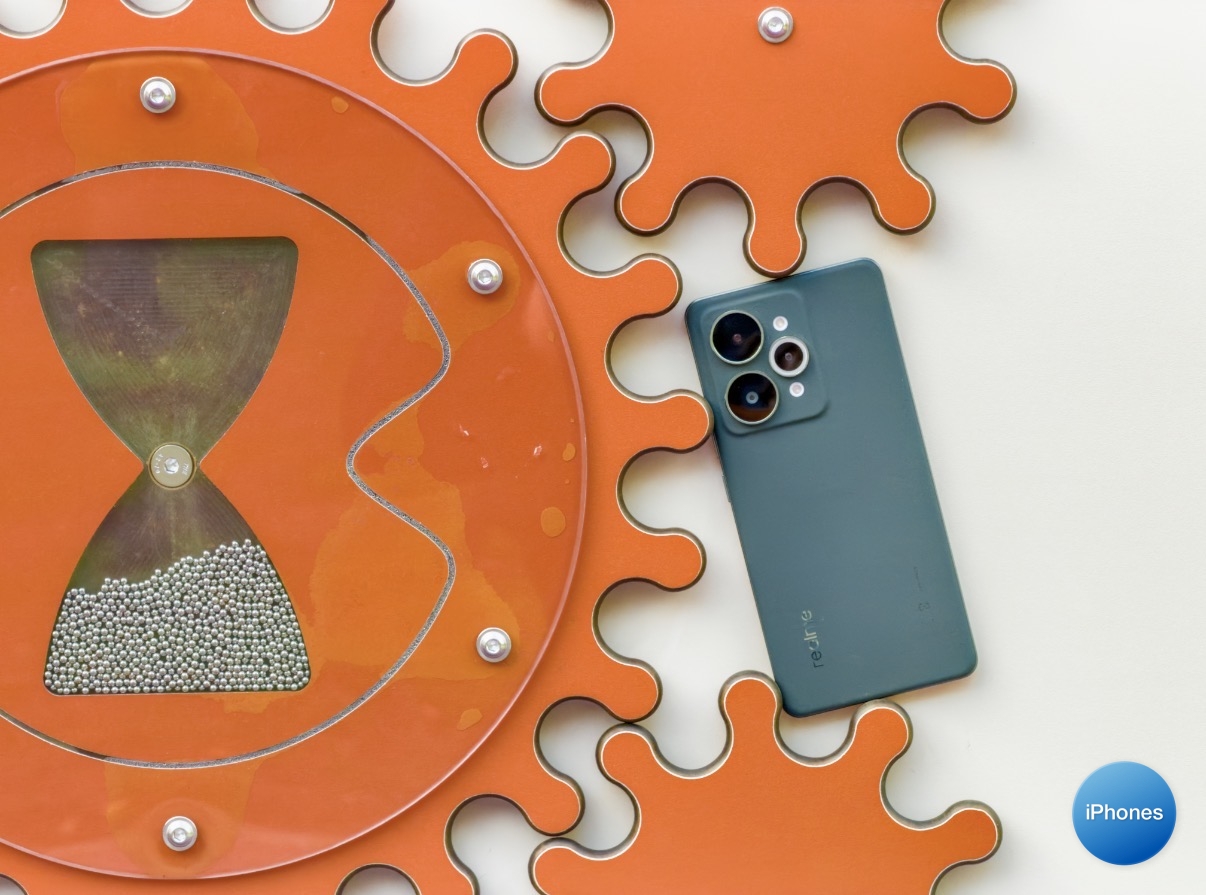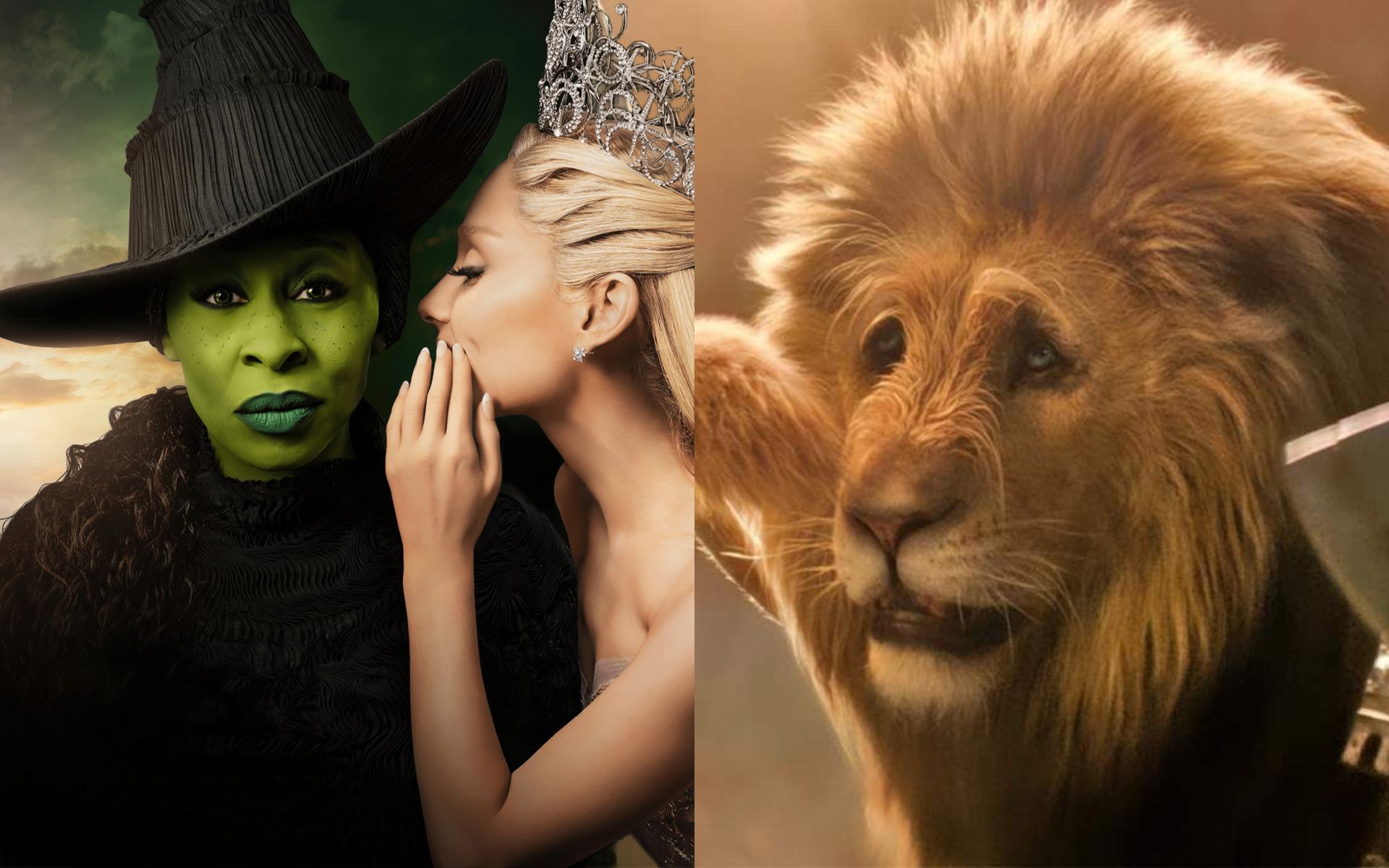The images produced by the DALL-E 2 raised eyebrows to see, materialized for the first time, how artificial intelligence can create what has until now been considered exclusively human creative territory. Previously, for several years, the texts generated by GPT-3 about this also left many speechless, giving rise to many headlines talking about the end of dozens of professions. Behind all this is OpenAI.
OpenAI as an entity is an oddity in itself. A non-profit AI research lab founded and funded by big names and companies. which, in turn, resides within a company that has a commercial vocation.
Initially, OpenAI was co-founders Elon Musk and Sam Altman, among others, in 2015 with the intention of working on human-friendly artificial intelligence. They started with about $1,000 million of their own and third-party funds.
Musk is well known, and Altman served for many years as president of Y Combinator, one of the world’s largest startup accelerators. Altman currently serves as CEO of OpenAI, while Musk, who has now been removed from his position, remains an advisor.
Later in 2019, Microsoft poured another 1,000 million into what was considered a purchase at the time, or at least an underground influence game. At that moment, Microsoft and OpenAI announce exclusive multi-year partnership to create a new artificial intelligence supercomputing technology from Azure, Microsoft’s cloud ecosystem.
In some ways, OpenAI is seen as a direct competitor to DeepMind, a London-based lab acquired by Alphabet, also a leader in artificial intelligence.
Impulse Elon Musk and Microsoft
Over time, OpenAI Inc., its commercial arm, has provided solutions for Tesla, Facebook, or Microsoft itself. And while the company is open about sharing its discoveries, the fact that it develops tools for profit is not without criticism.
Also in 2019, Elon Musk, who no longer formally works with OpenAI, announced that he would remain in the non-profit arm of the organization. Musk co-founded OpenAI despite his well-known concerns about the potential dangers of AI.calling it “an evocative demon” and citing concerns about its potential impact on human-computer interaction.
For his part, Altman has focused in recent years on raising external funding, where they have made progress in recent years.
OpenAI: Less and less non-profit organization?
On a technical level, the OpenAI strategy essentially consists of two parts.: The goal of achieving enhanced AI capabilities and developing a process to achieve it. To do this, they work with different teams to ratify theories. One team is betting on the theory that AI can learn through language, while the other is betting on robotics to develop intelligence through understanding physical movement.
Despite his public promises, OpenAI has already suffered some setbacks, indicating that its pursuit of money is gaining more weight.. During the development of GPT-2, it became clear that OpenAI deliberately hides research that can later be used for commercial purposes. Added to this is the fact that access to his developments and his API does not cease to rise in price.
Time will tell to what extent the interests of Microsoft and its customers ultimately stem from the founding mission of OpenAI, perhaps too utopian to begin with, but more for human interests than for its AI development capabilities.
Source: Hiper Textual












